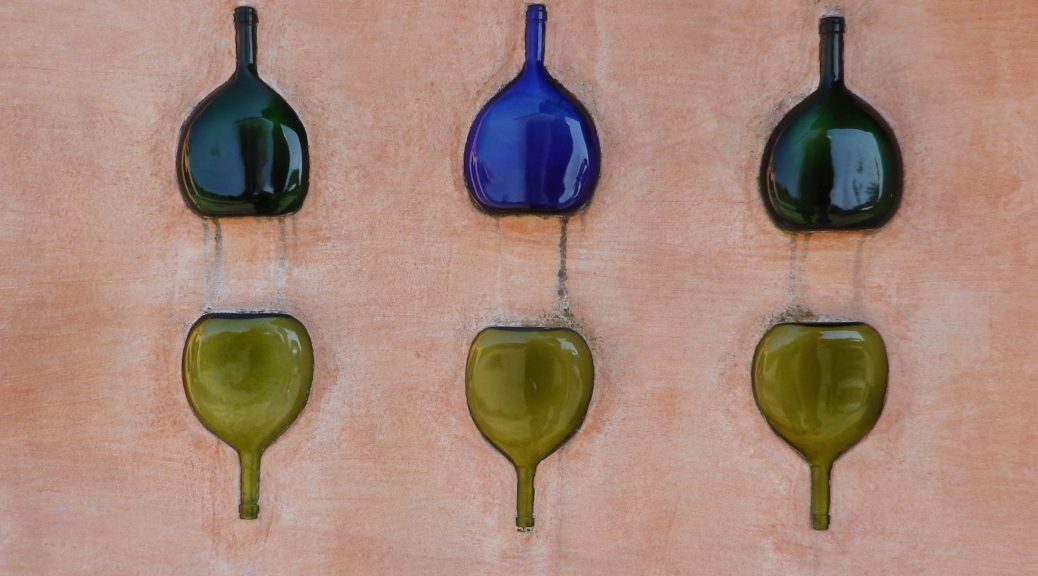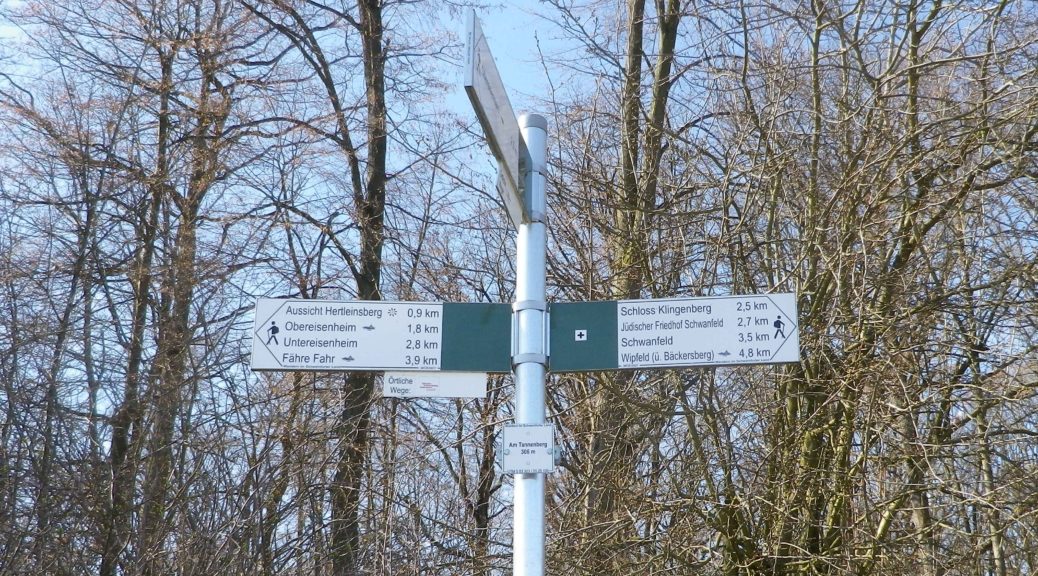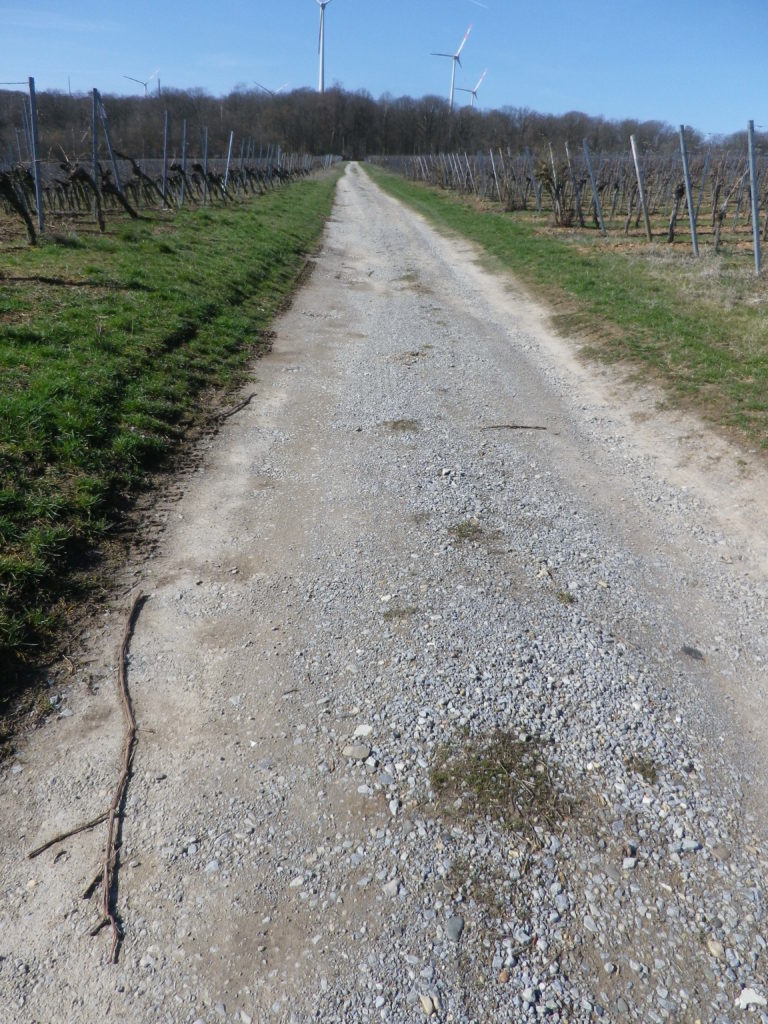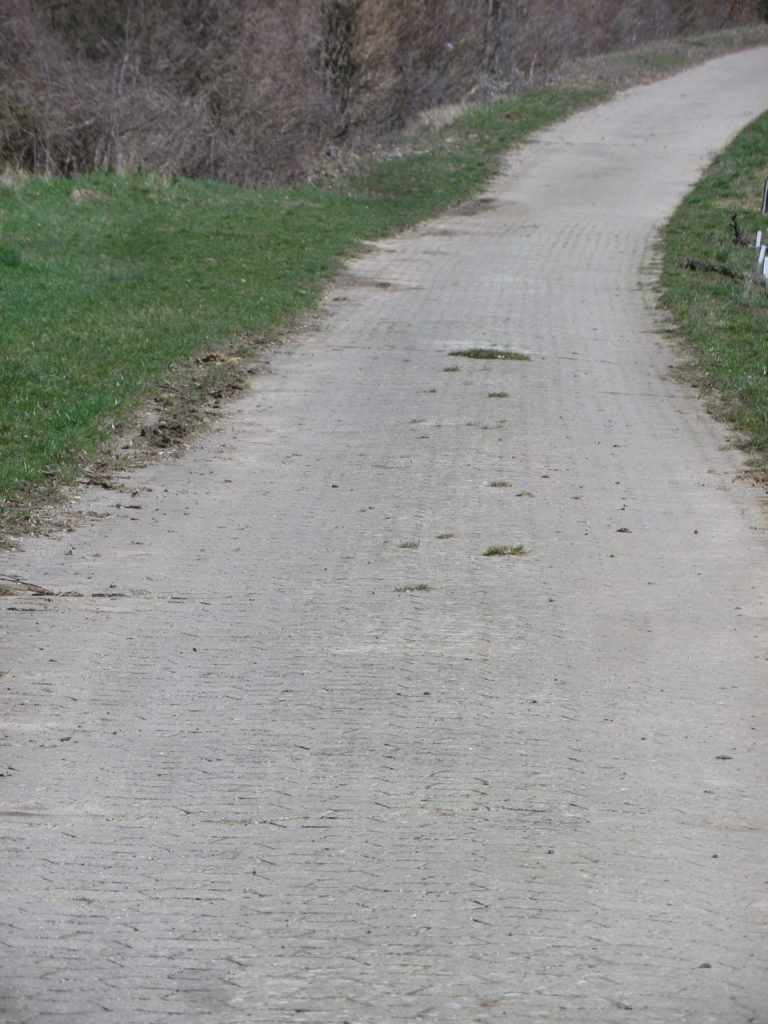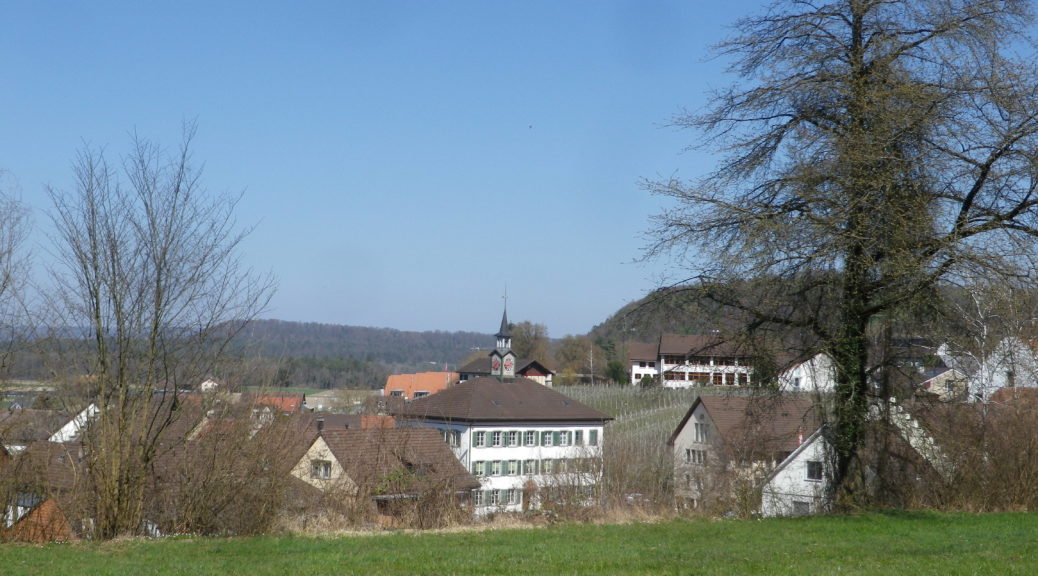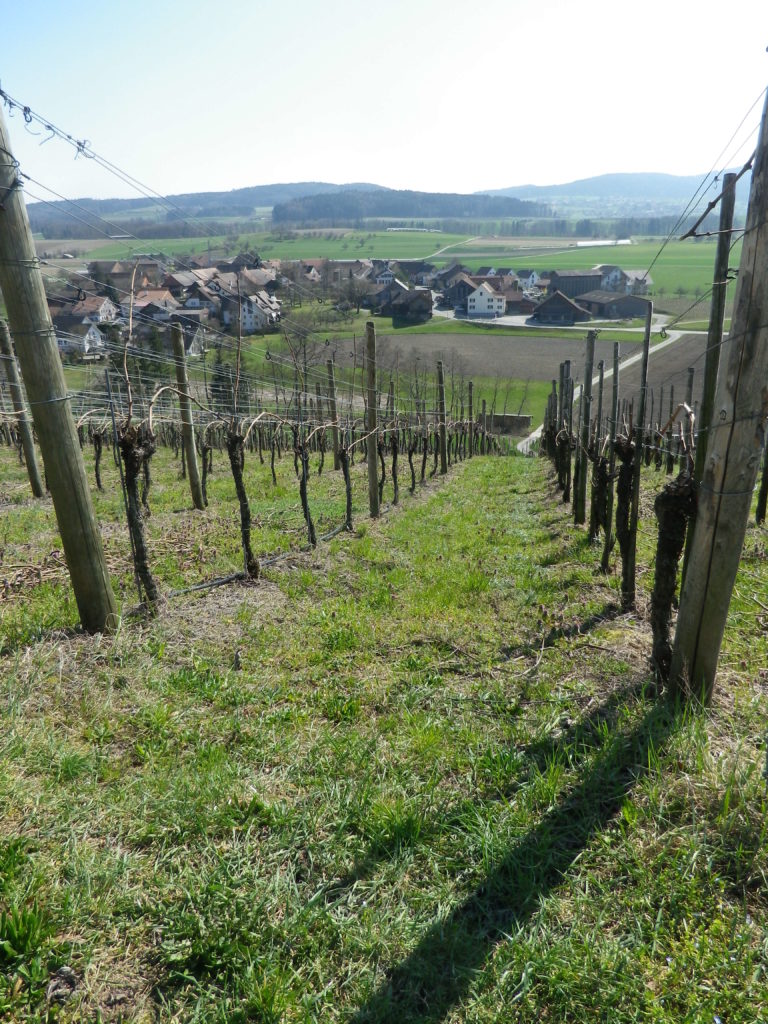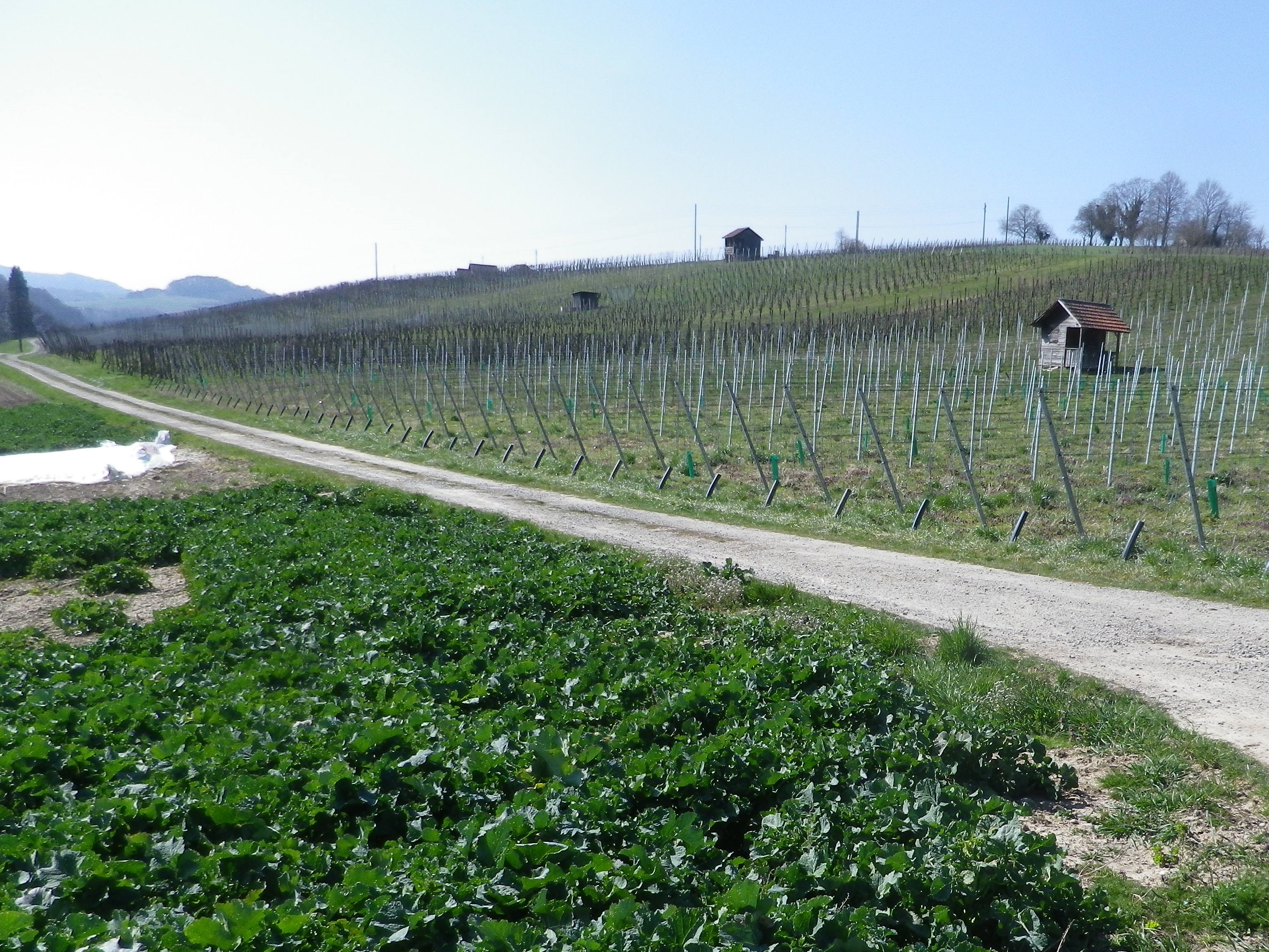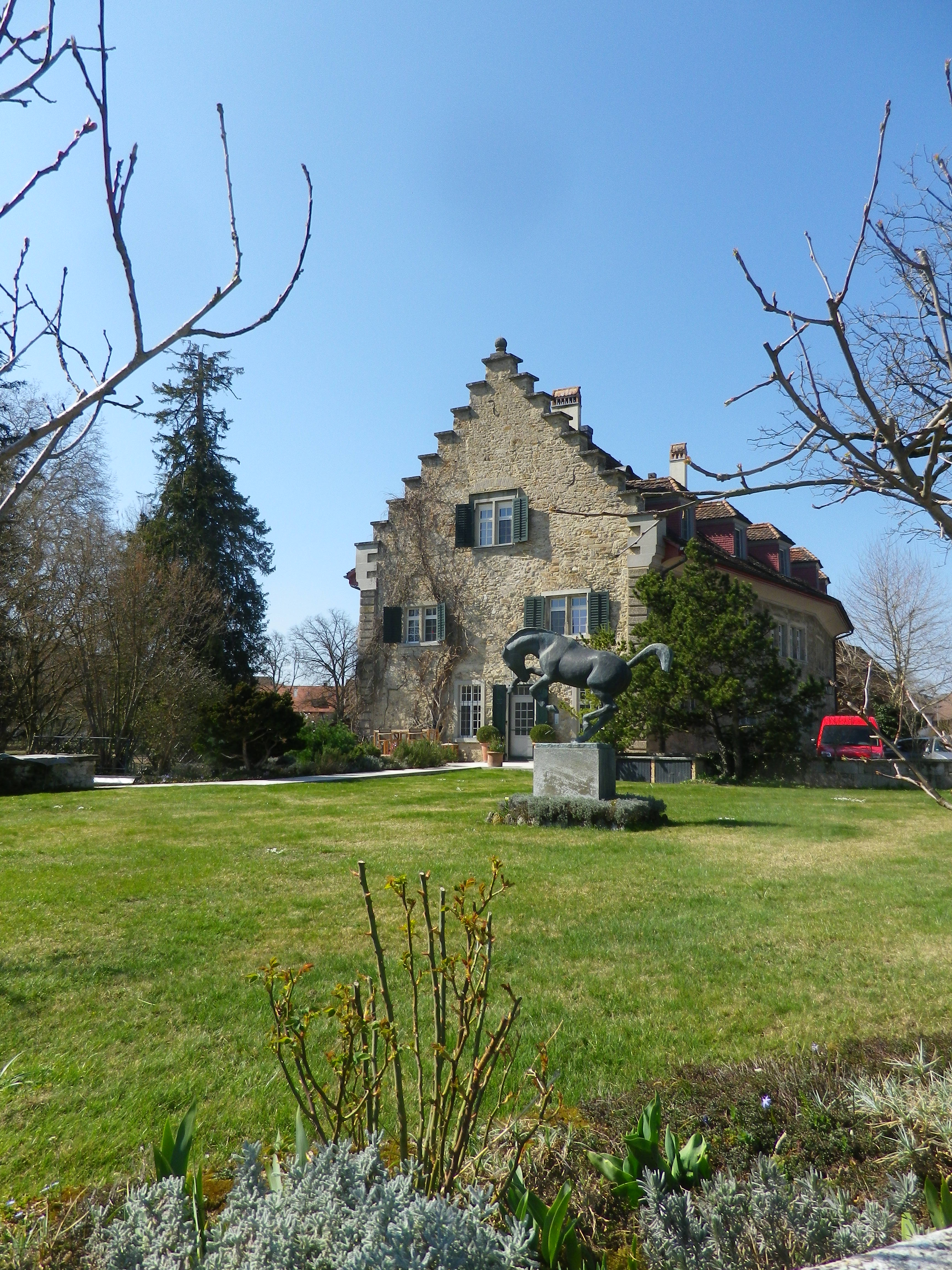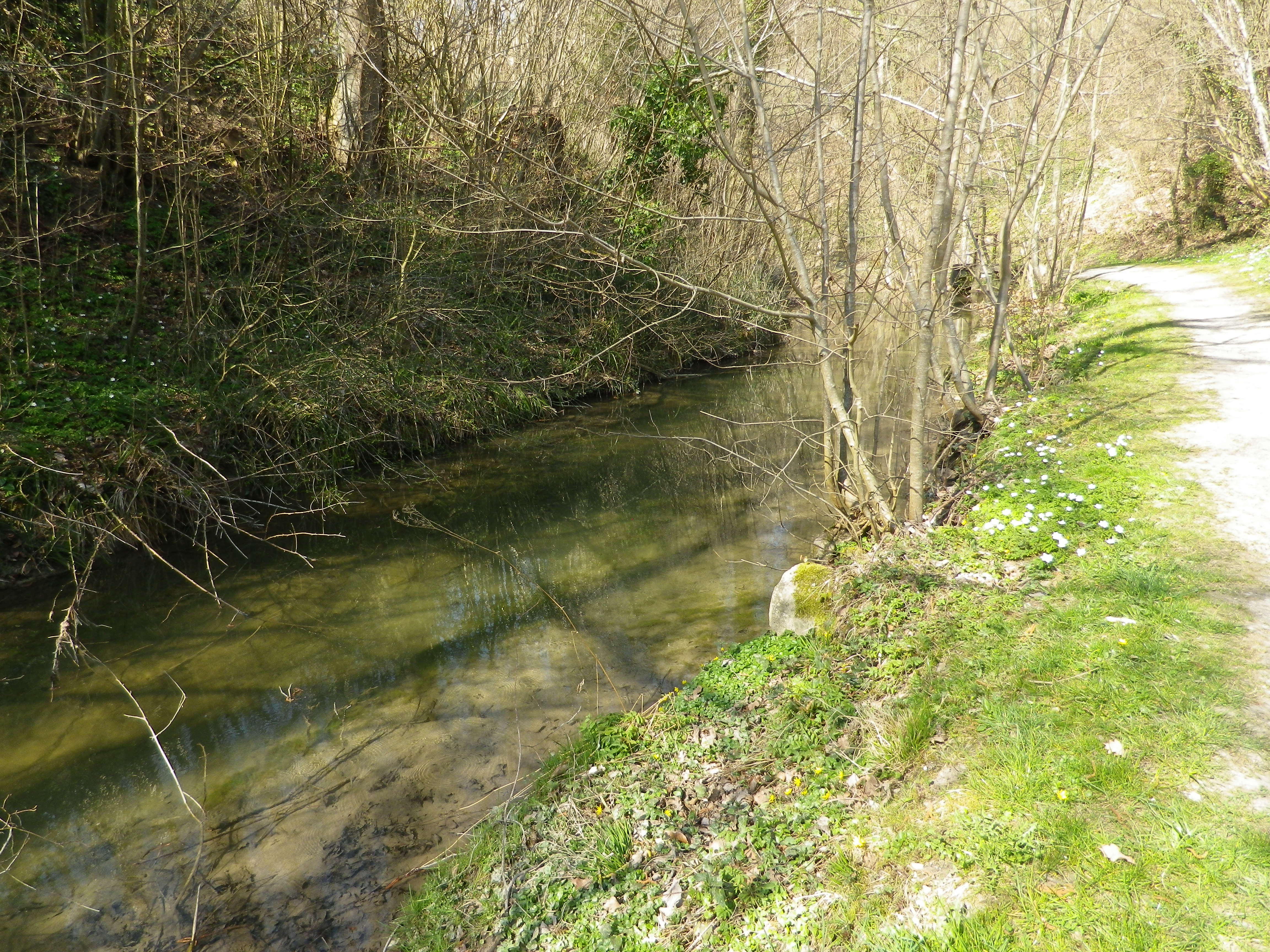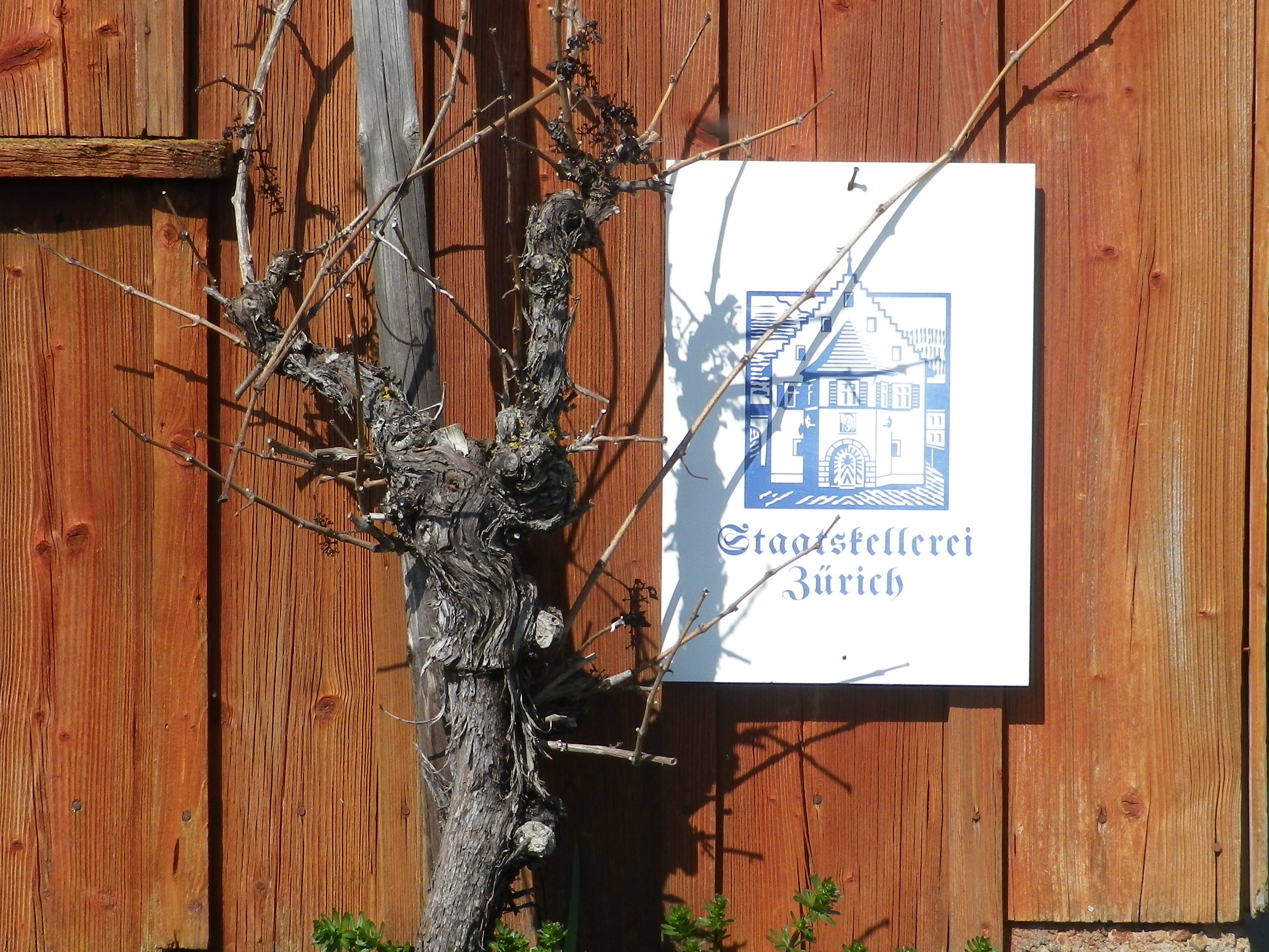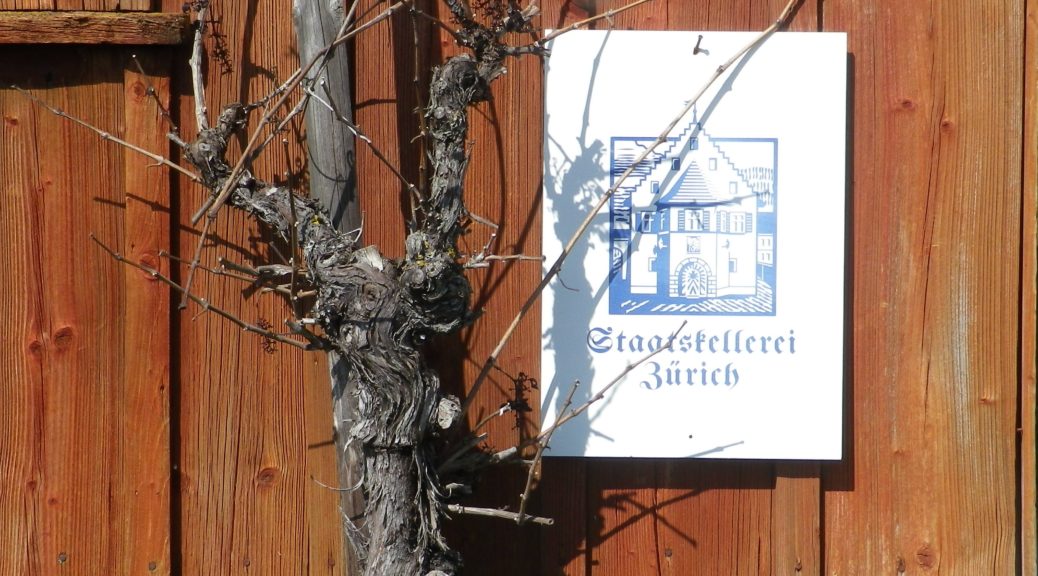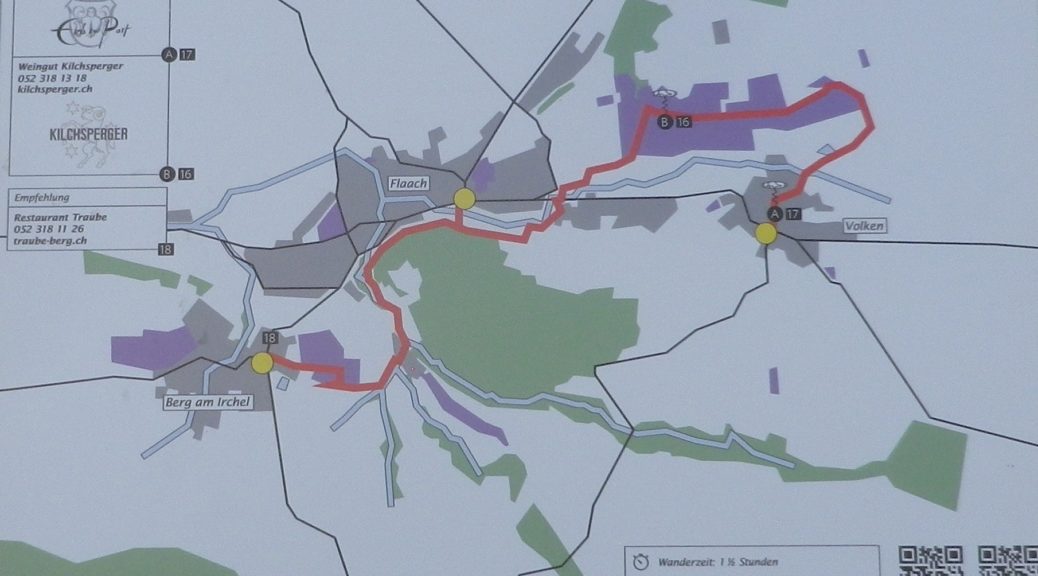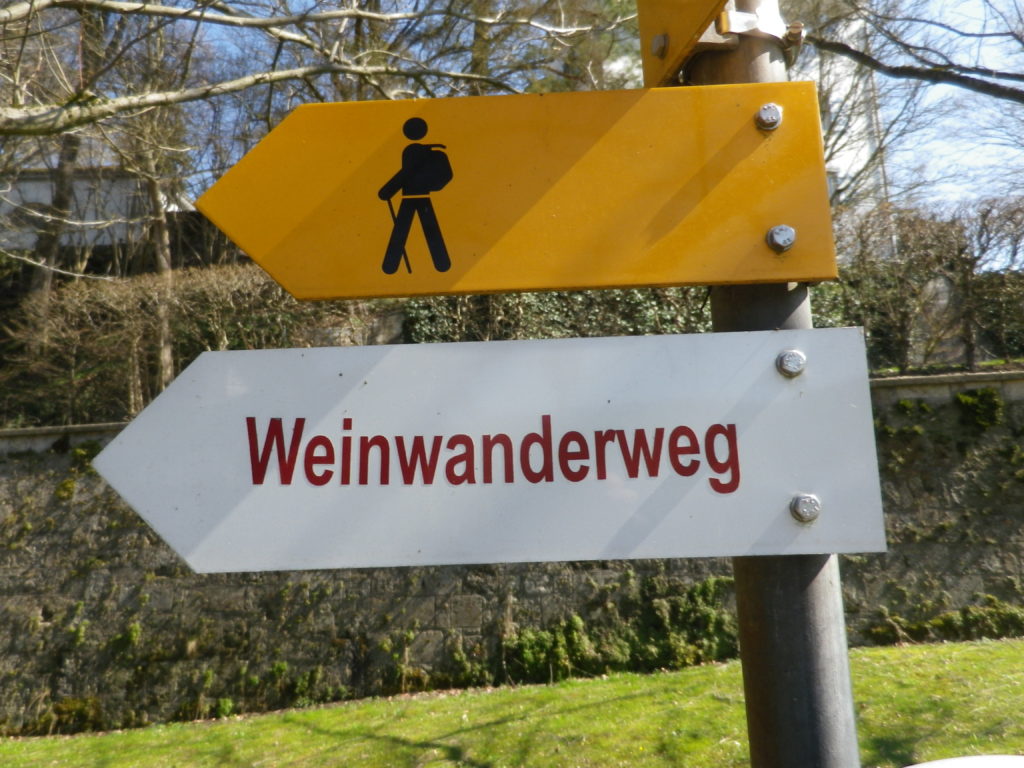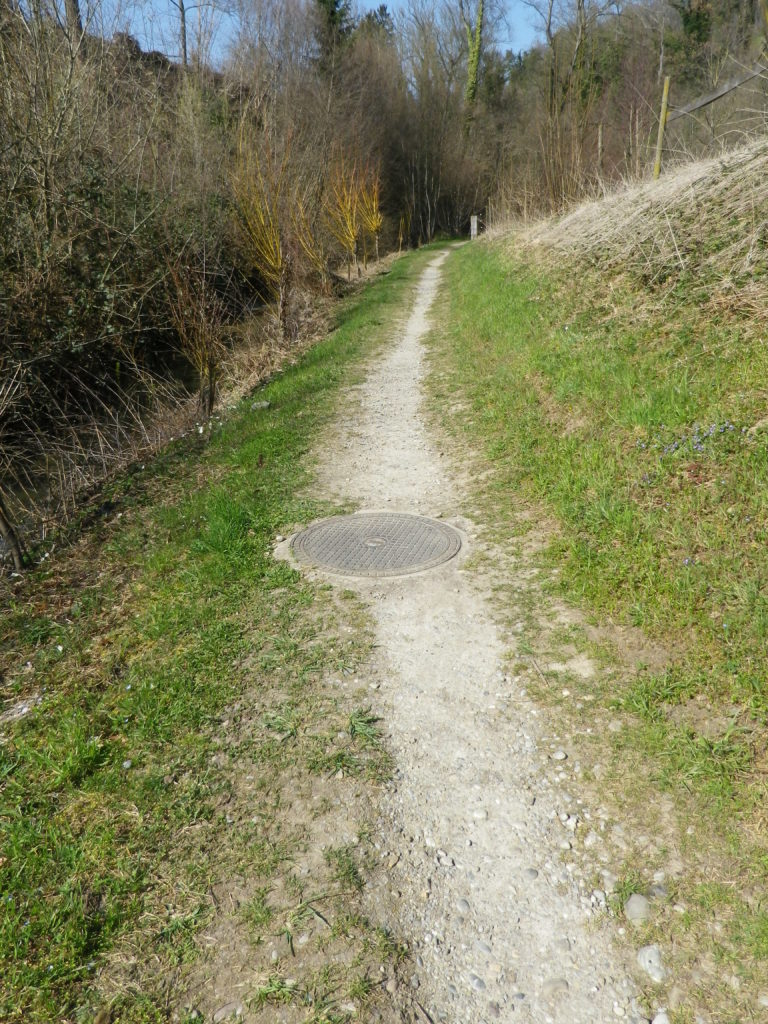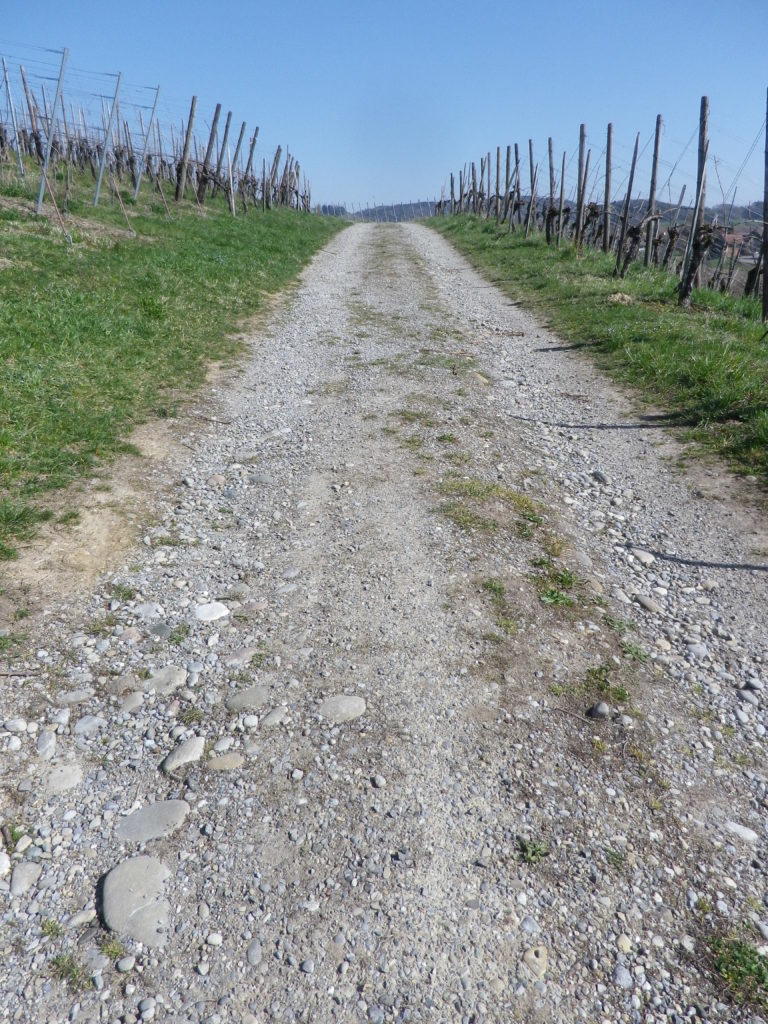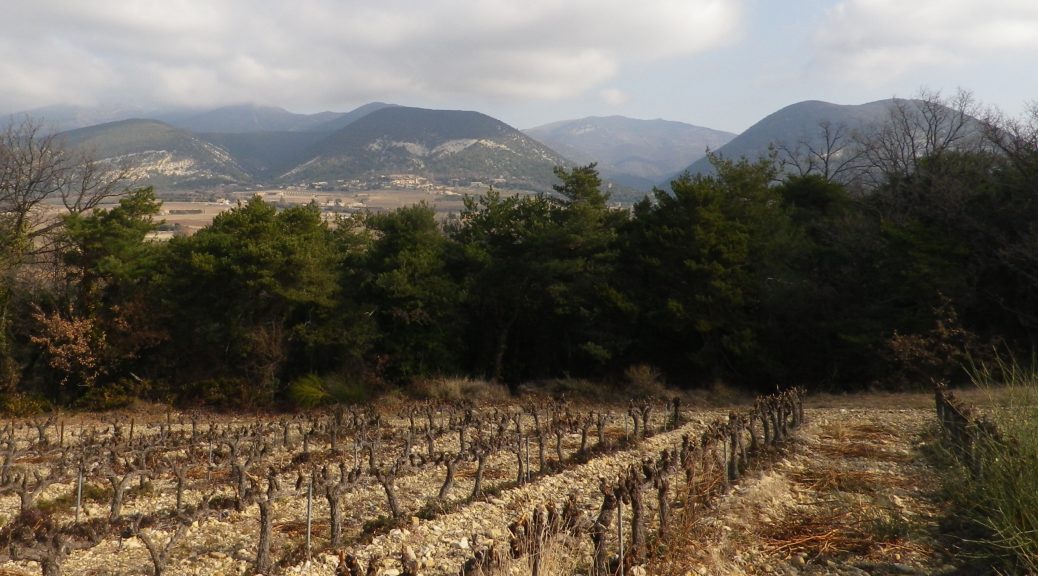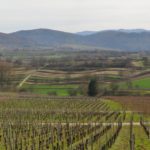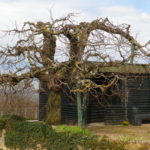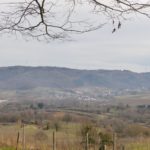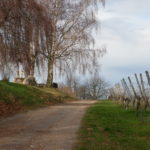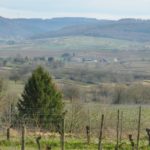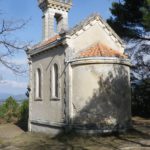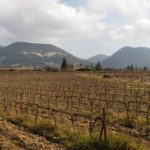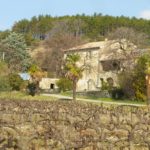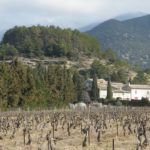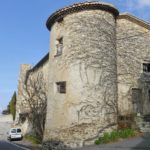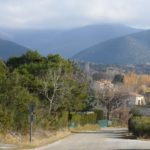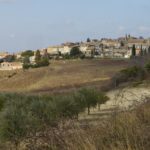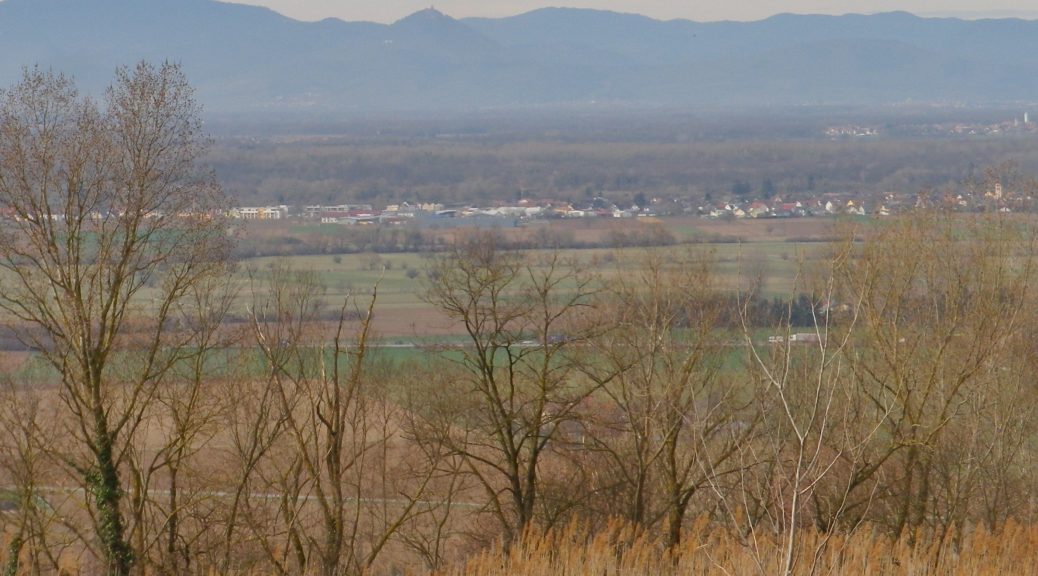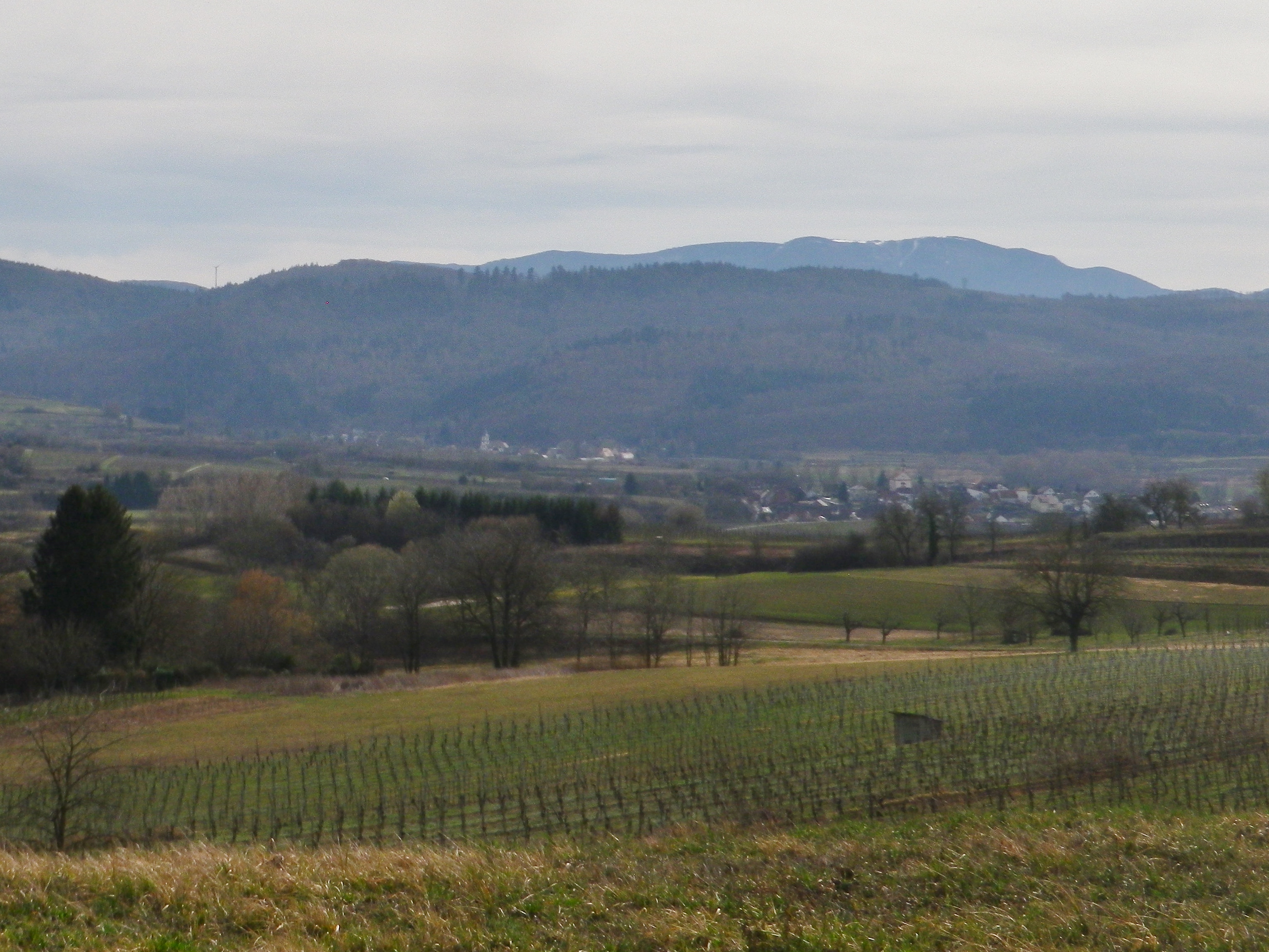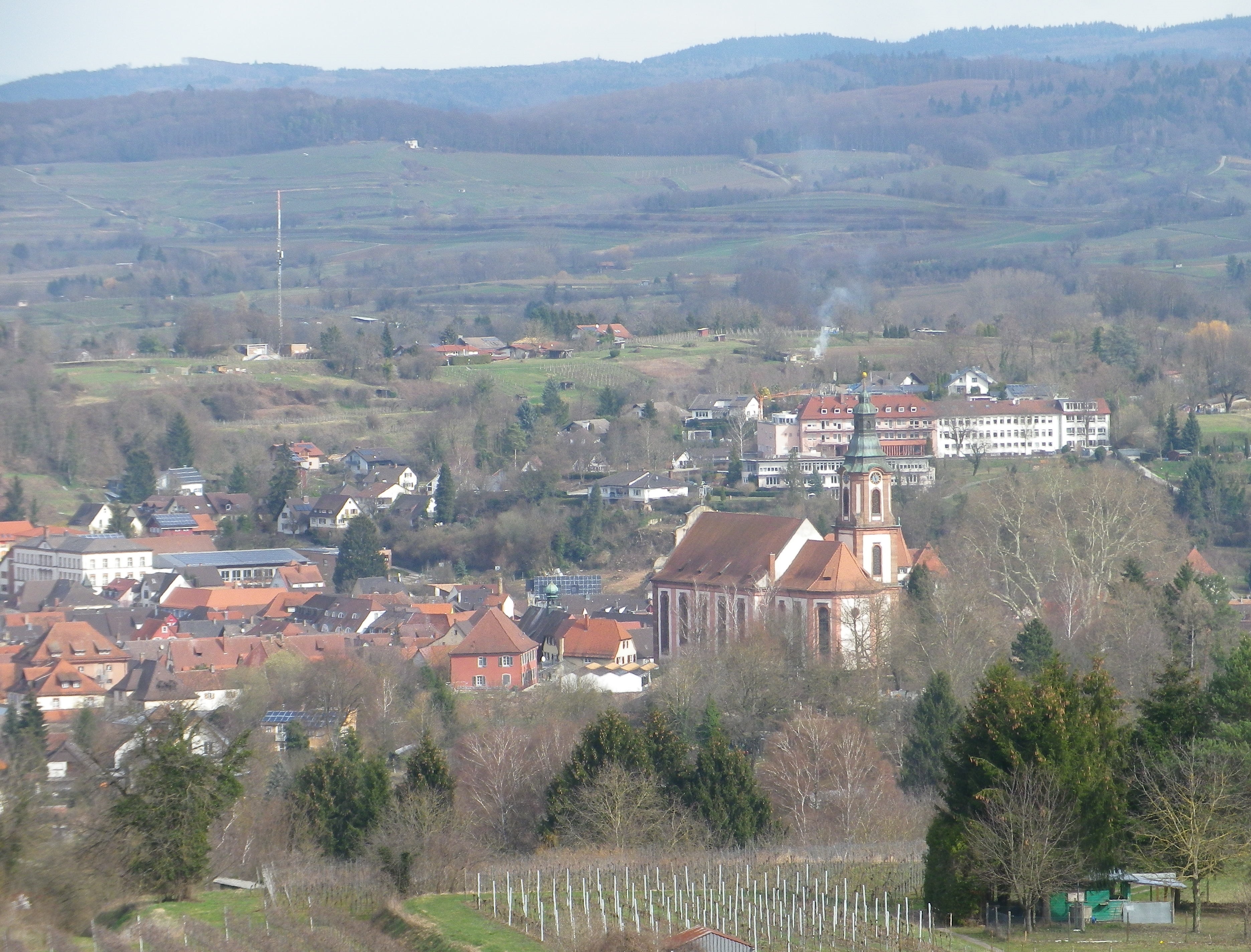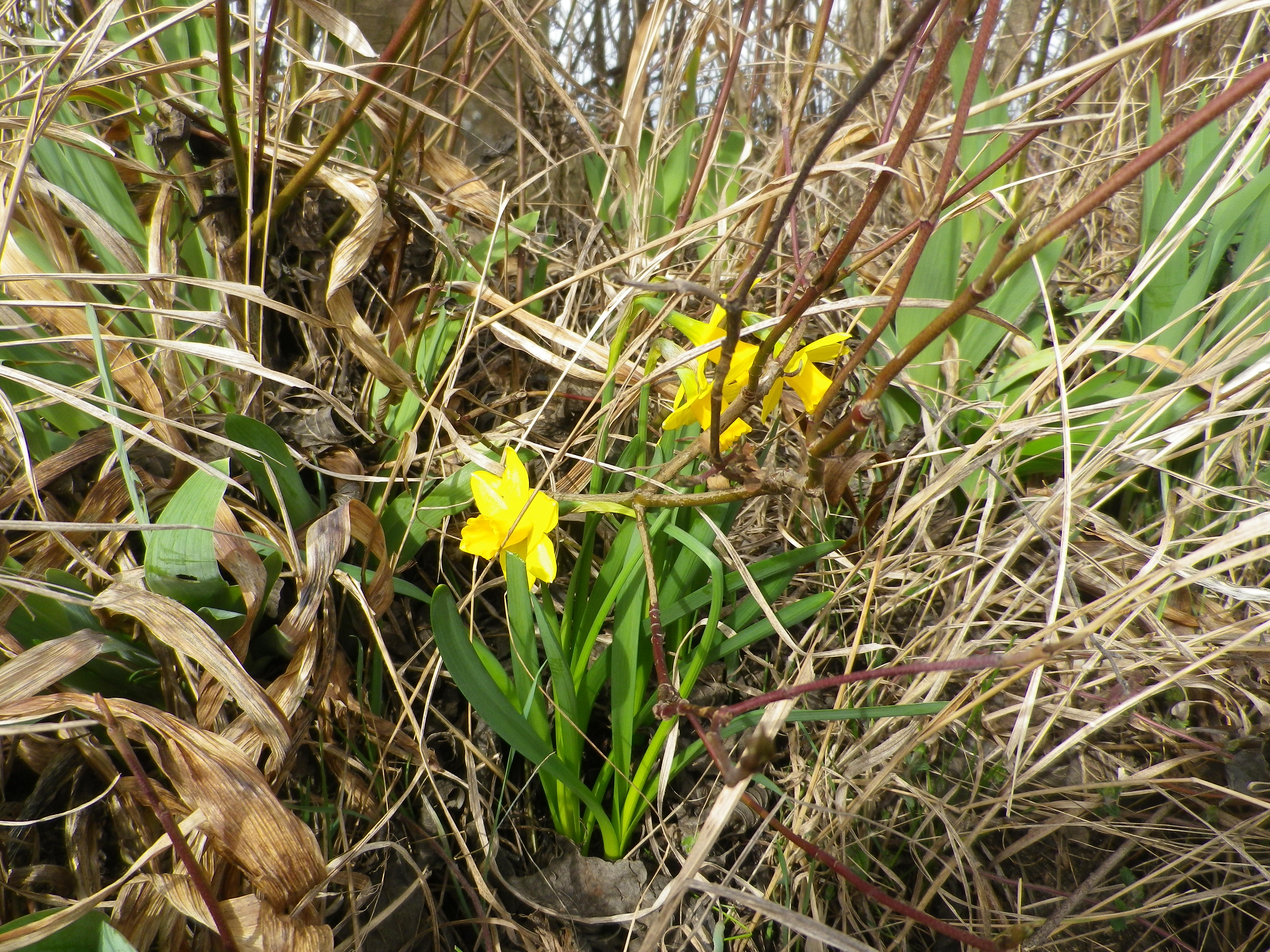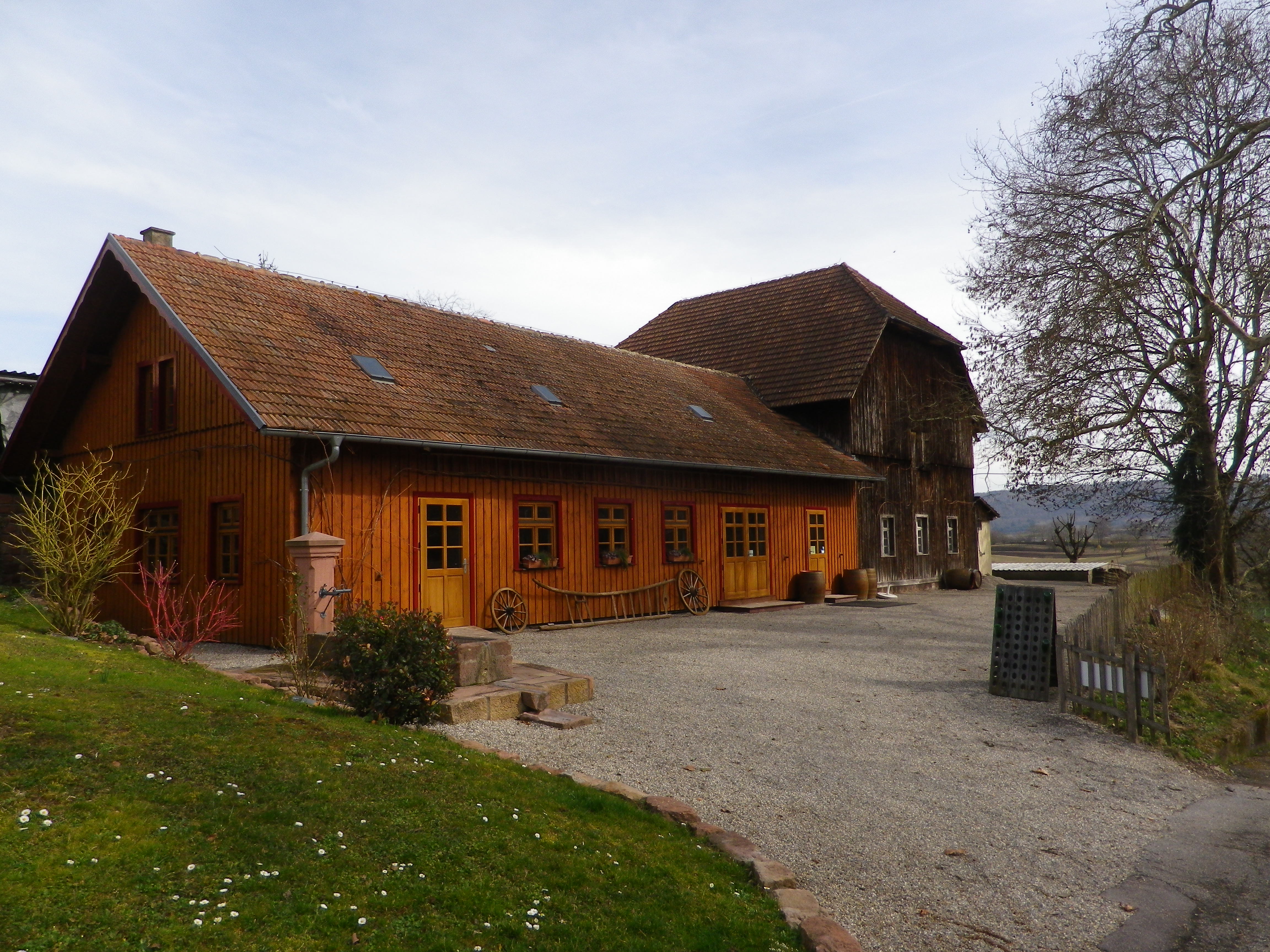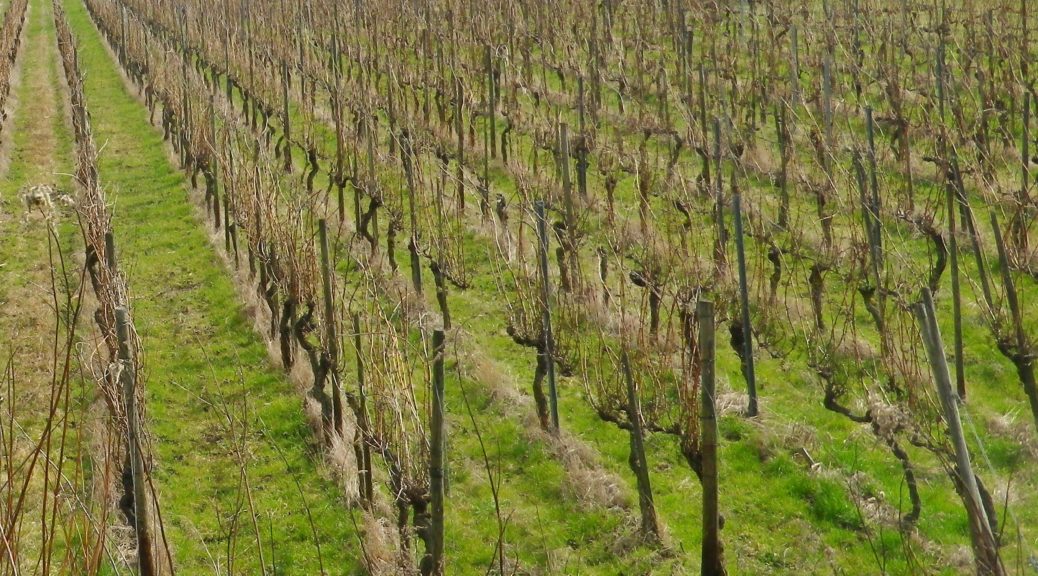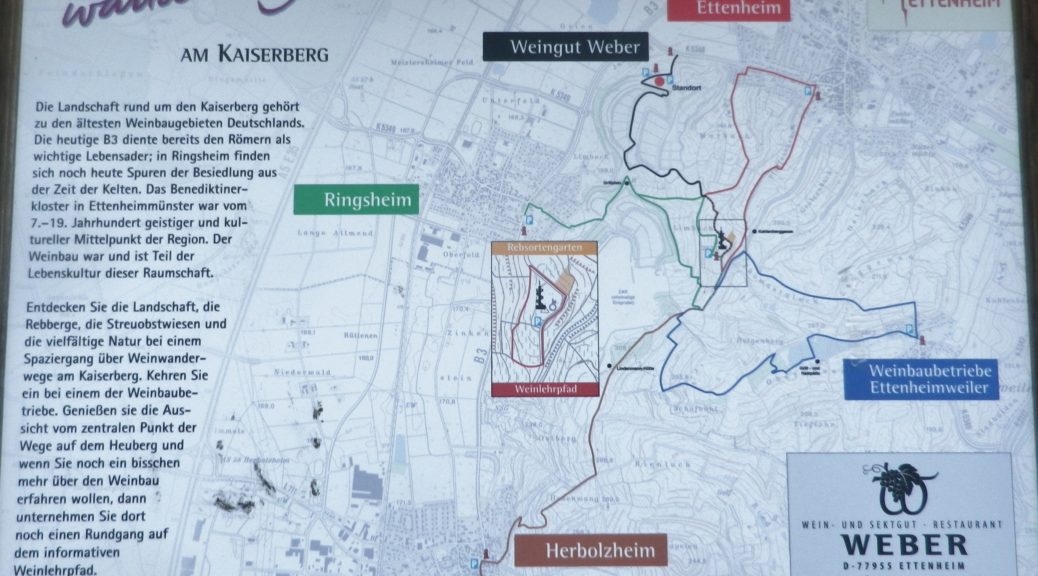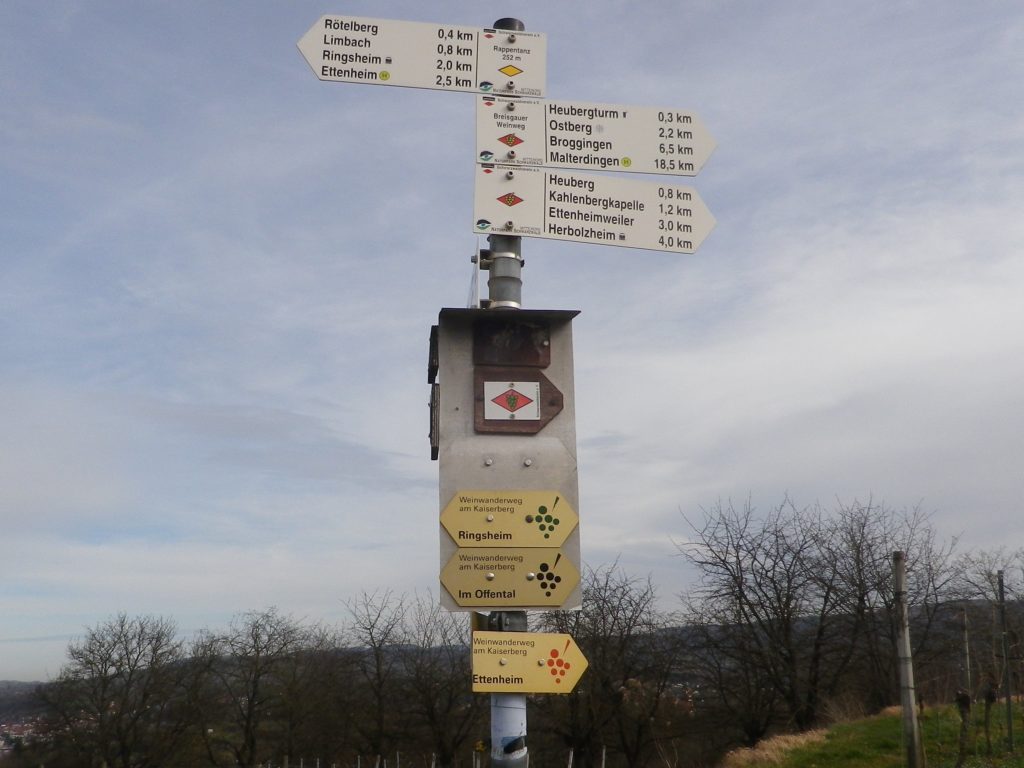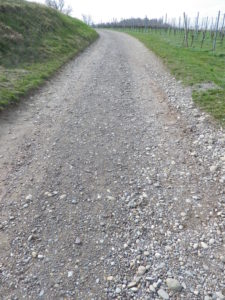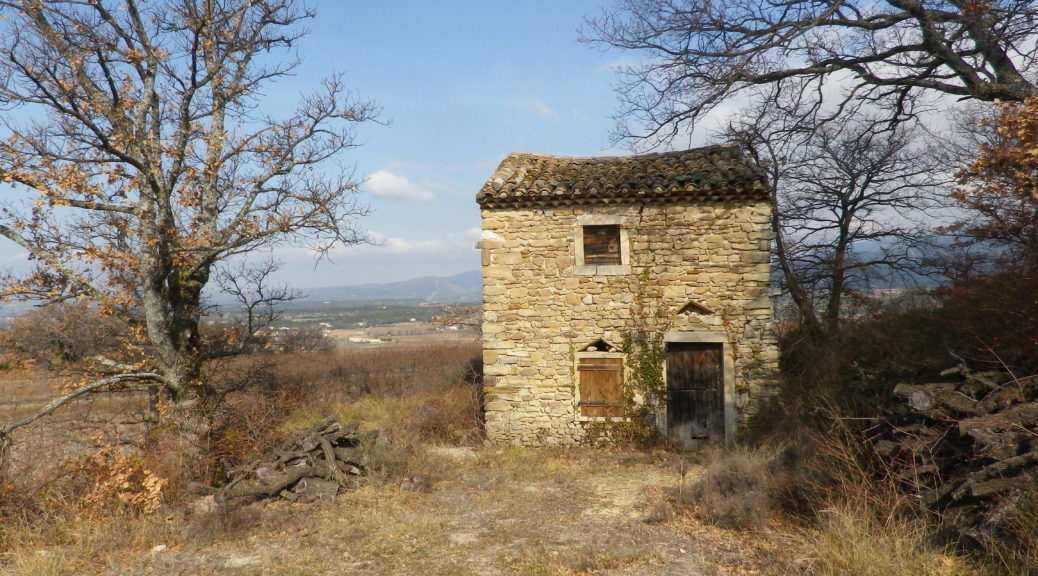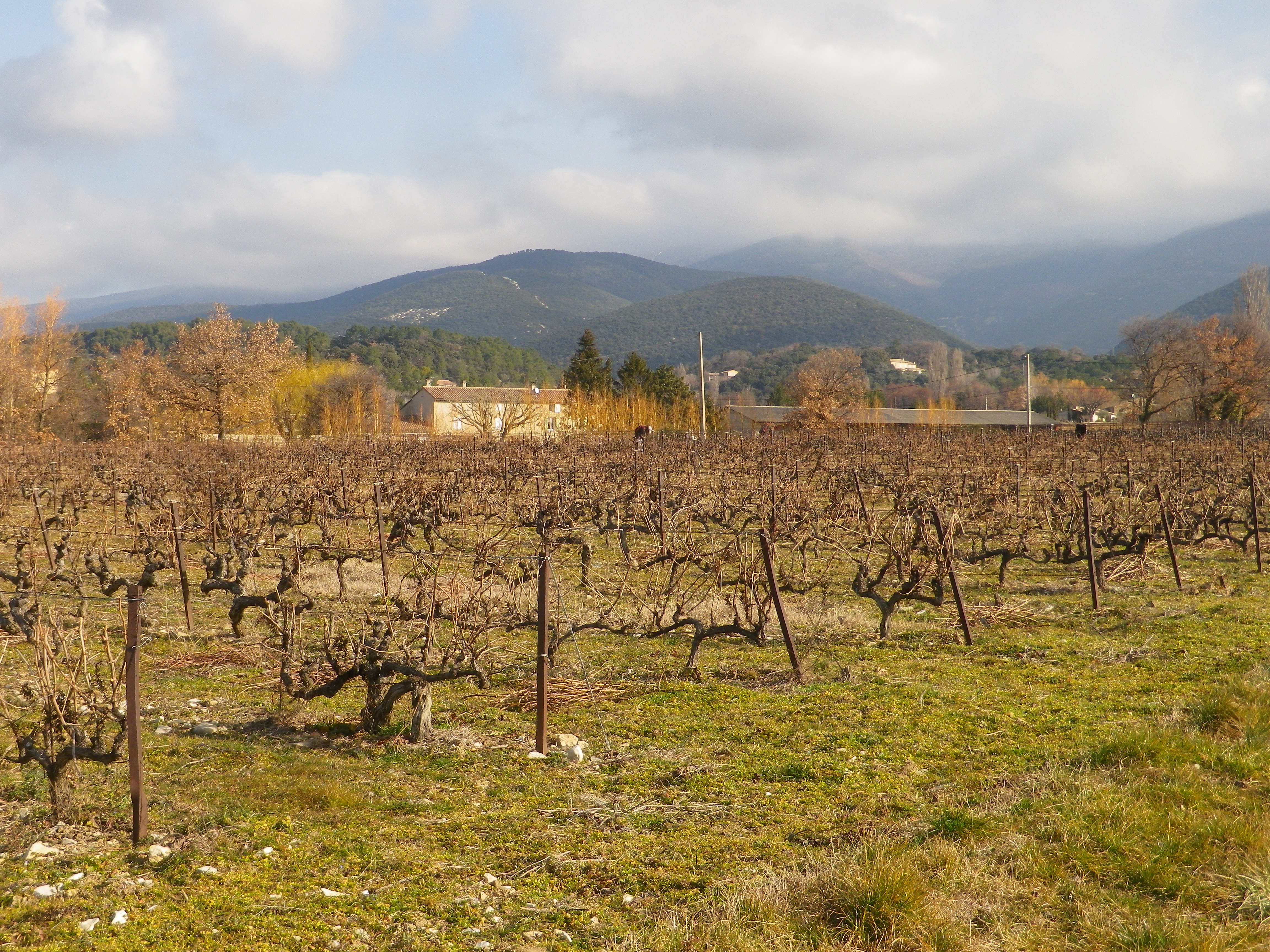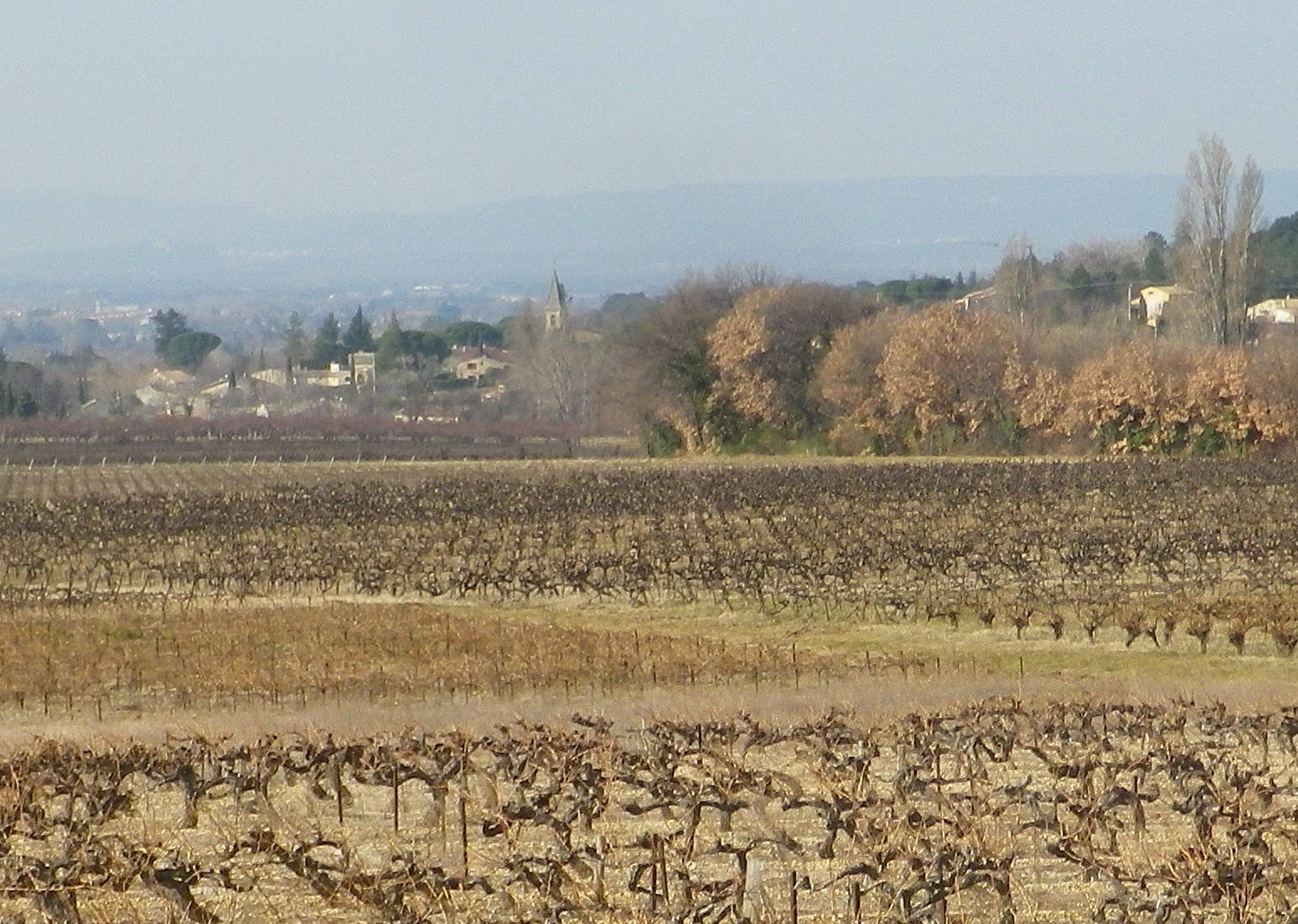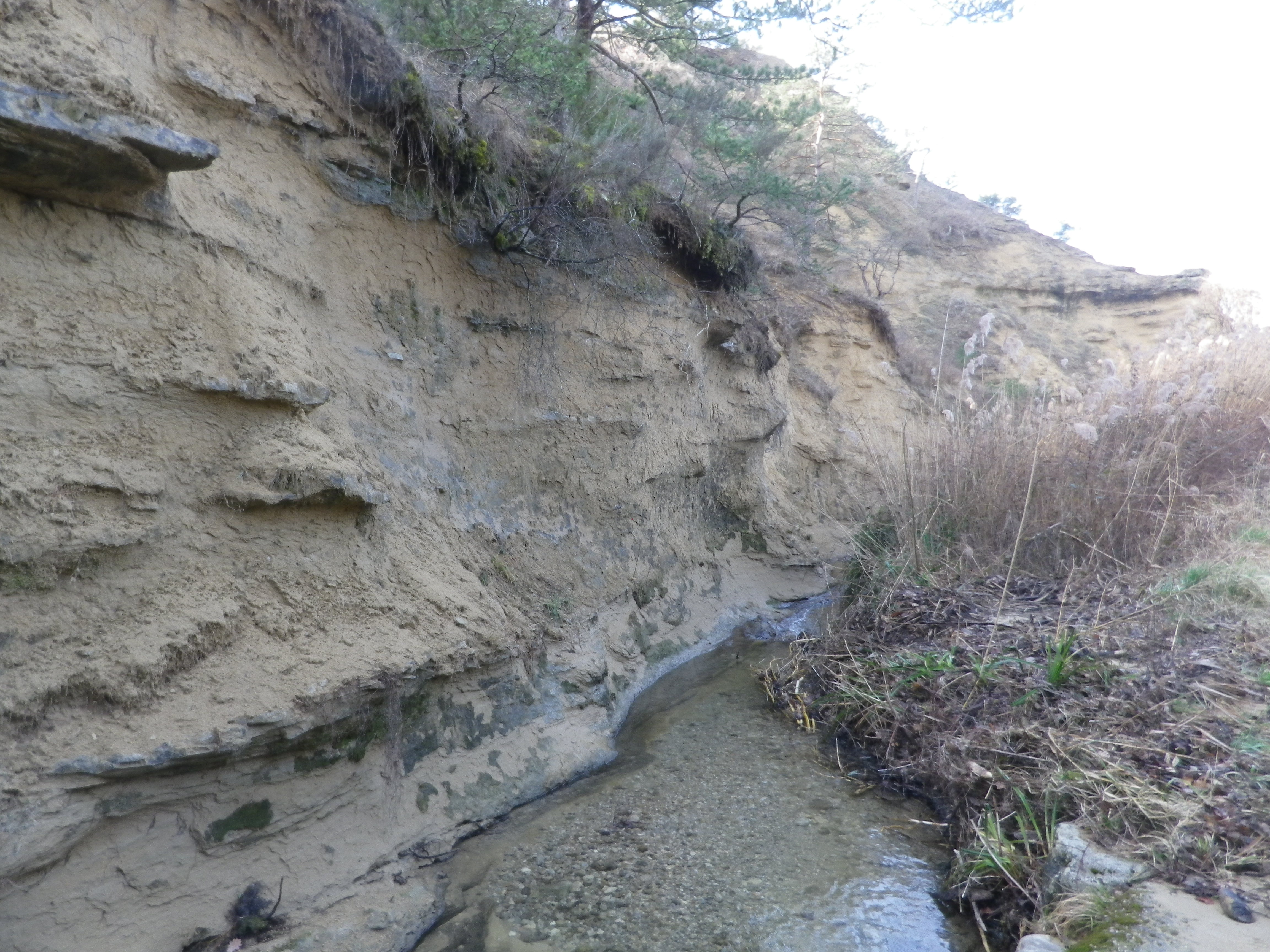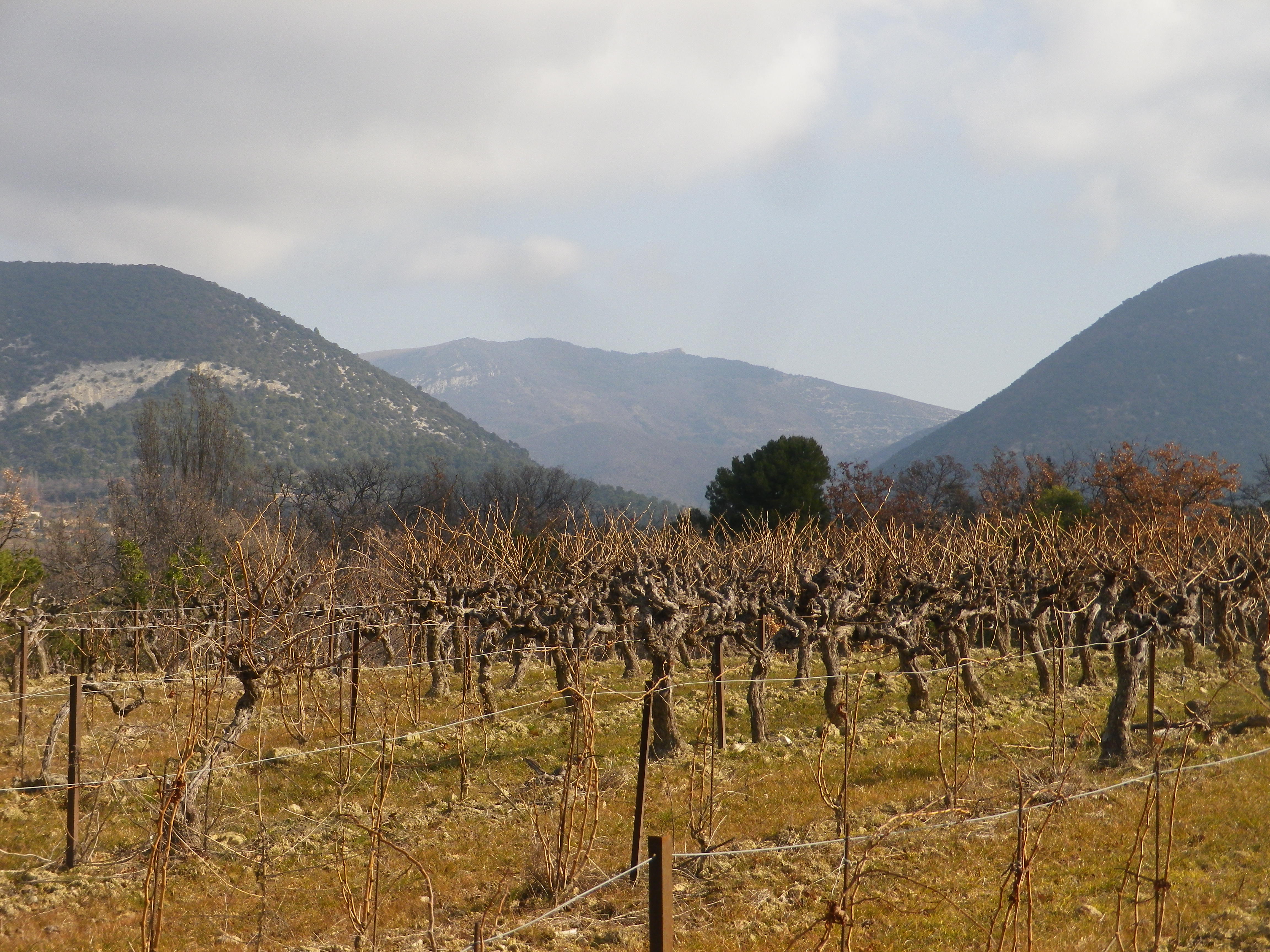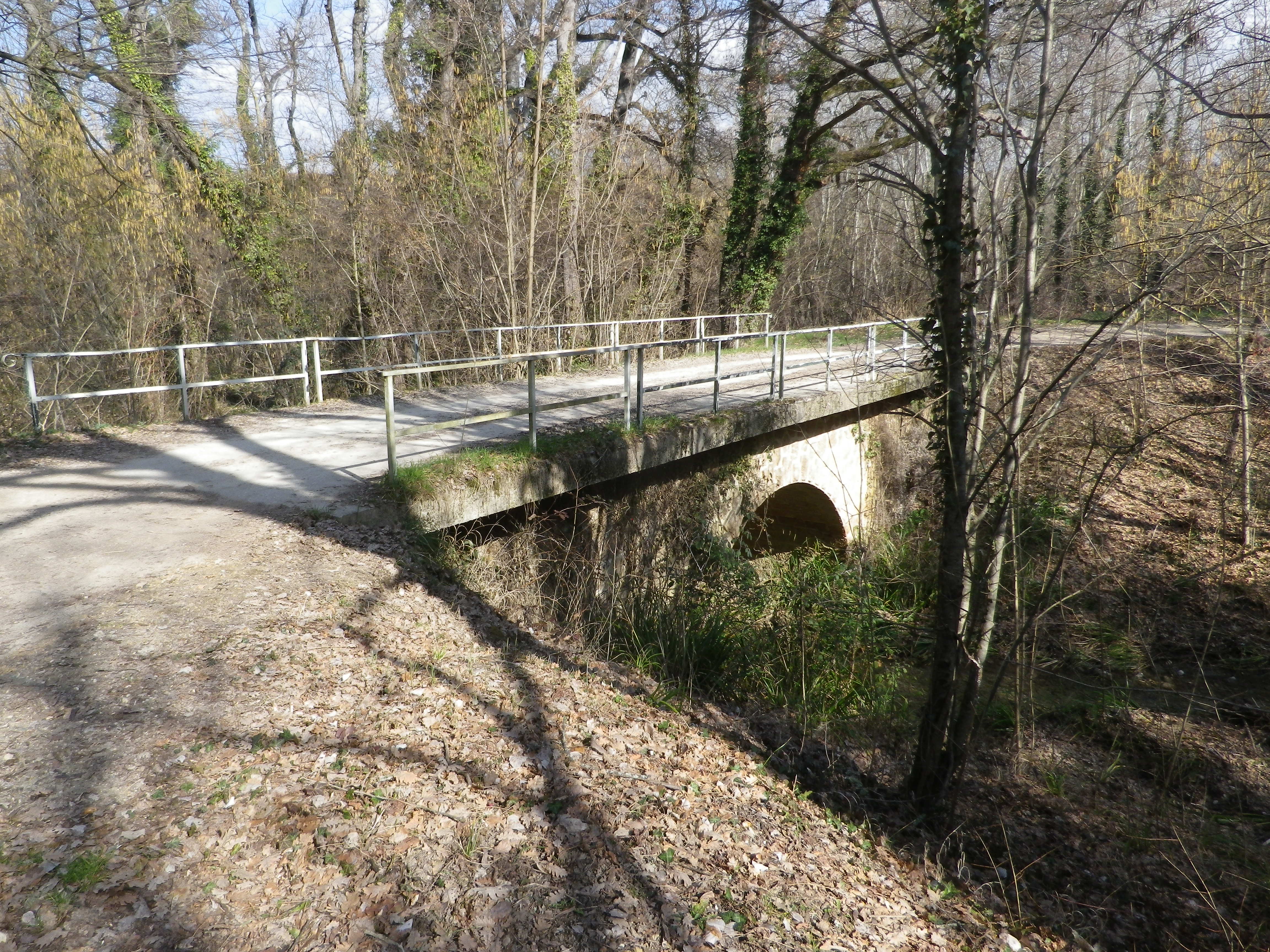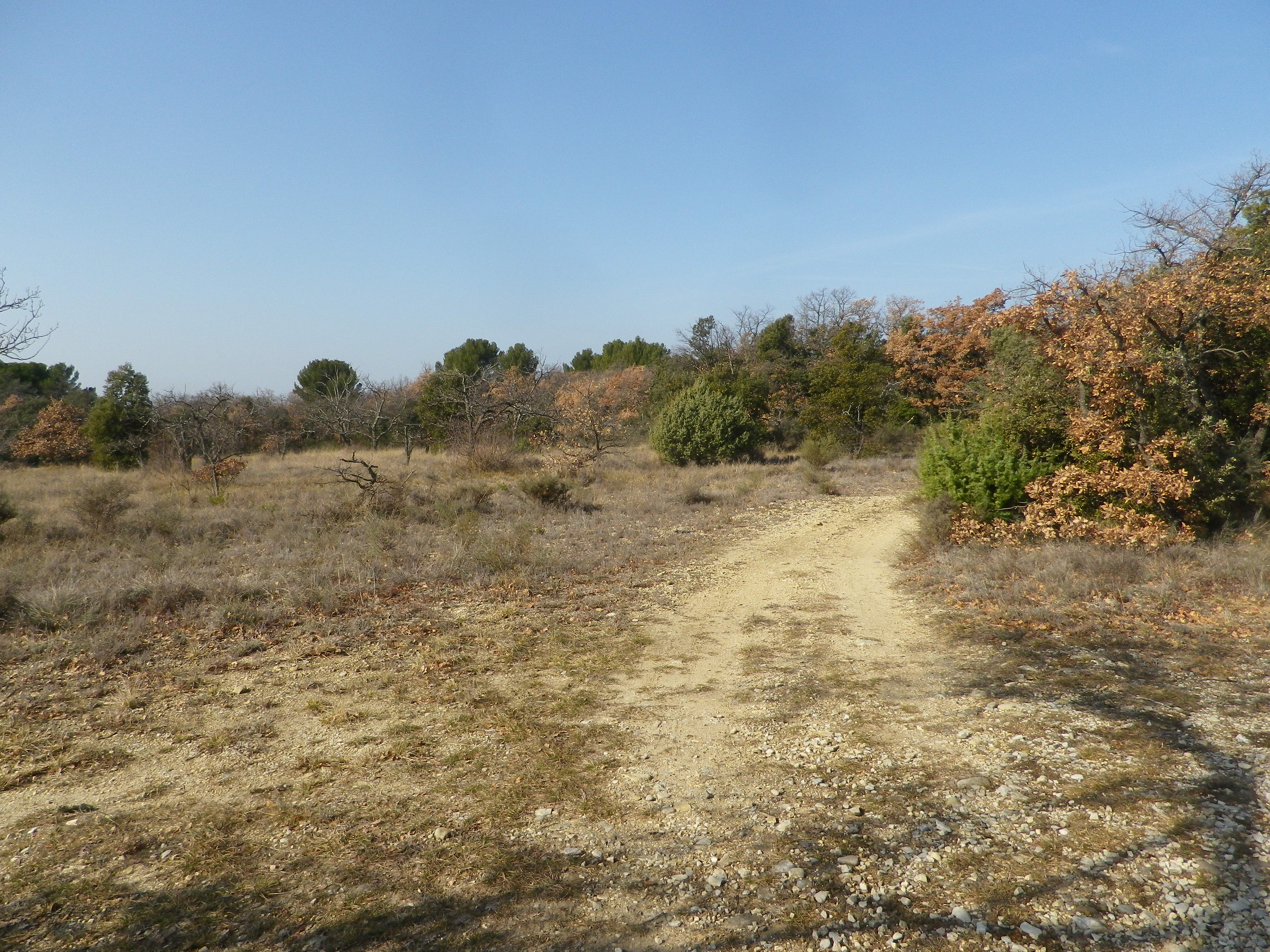What I Learned
Along the Main River in Franconia (Franken, in German), there are three wine districts of good repute: Maindreieck, Mainviereck, and the Steigerwald. This post focuses on the Maindreieck district only.
The Main, flowing basically from east to west, is a tributary to the Rhine River. The river makes three consecutive and dramatic curves close to the heart of Franconia, essentially going from east-west, to north-south, then south-north by Ochsenfurt, before curving roughly east-west again. The Maindreieck is thus a triangle (Dreieck) of land surrounded on three sides by the Main River. This area has become a paragon of viticulture in south central Germany. The most important and undoubtedly best-known town for wine culture in this area is Wuerzburg.
In Franconia, Riesling is not king, as it is in many other wine-growing regions of Germany. Silvaner plays that role here. In fact, it is one of the most important varietals for this particular area. Known officially in Germany as the Gruener Silvaner (Green Silvaner), genetically-speaking it is the same varietal as the less widely spread Blauer and Roter (blue and red) Silvaner mutations. Franconian vintners have grown Silvaner since the 17th century. Like the river, it came to Germany from the east, Austria, and moved westward, as far as the Rhein-Hessen wine region. It now grows even in the United States. The first definitive reference to it in Germany occurred in Eisenheim (location of a “Silvaner” trail), thus this small Franconian village is known as its German birthplace.
Many locals prefer Silvaner over Riesling. I find it the perfect spring-time wine. Slightly cooled, it has ripe stone fruit and fresh green grass/herbaceous flavors with a hint of minerality, with less acidity and a fuller mouthfeel than Riesling. Perfect for sunny but cool days when a Riesling’s bracing acidity could produce a chilly versus a warm overall sensation. Analogous to the season, it is usually produced to drink young, and those lucky enough to have a bottle of this wine should probably drink it within a couple of years.
What I Tasted
2017 Silvaner, Kabinett, Trocken, Praedikatswein, Weingut Hirn (Eisenheim): A dry white wine with medium minus white gold color, floral nose with a hint of spice; surprisingly neutral on the palette; smooth mouthfeel with medium acidity.
2017 Blauer Silvaner, Obereisenheim Hoell, Kabinett, Trocken Deutscher Praedikatswein, Weingut Kramer (Eisenheim): A dry white wine with medium minus gold; on the nose a spiciness reminiscent of cardamom, with floral, green wood, and spicy mustard flavors; medium plus acidity, with a full but tingly mouthfeel.
2015 Silvaner, Spaetlese, Grosse Gewaechs, Trocken, Praedikatswein, Weingut Hirn: A dry white wine with medium yellow gold color, spice cinnamon, vanilla, floral; cantaloupe, vanilla, apricot; medium acidity.
2016 Blauer Silvaner, Trocken, VDP Gutswein, Weingut Arnold (Randersacker): A dry white wine with medium gold color with a hint of rose; nose of red apple, vanilla and spice, with red apple, vanilla and slight toasted nuts flavors; smooth mouthfeel, medium plus acidity, but with a touch of honey after.
2016 Silvaner, Wuerzburger Schlossberg, VDP Erste Lage, Trocken, Staatlicher Hofkeller Wuerzburg: A dry white wine with rich yellow gold color; with green apple nose, and a spicy, green apple flavor; medium acidity with a smooth, crisp finish.
